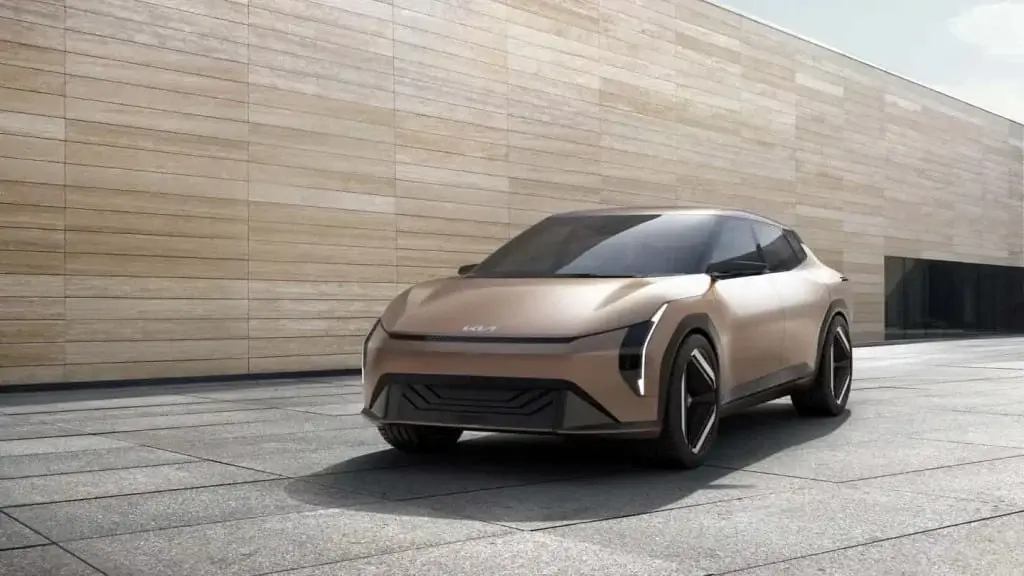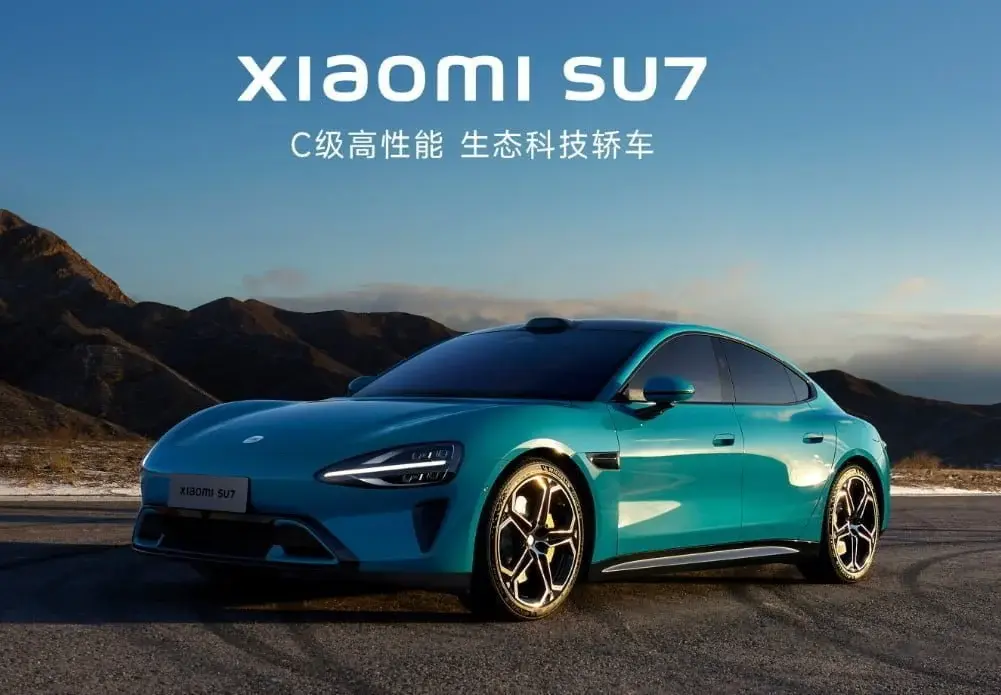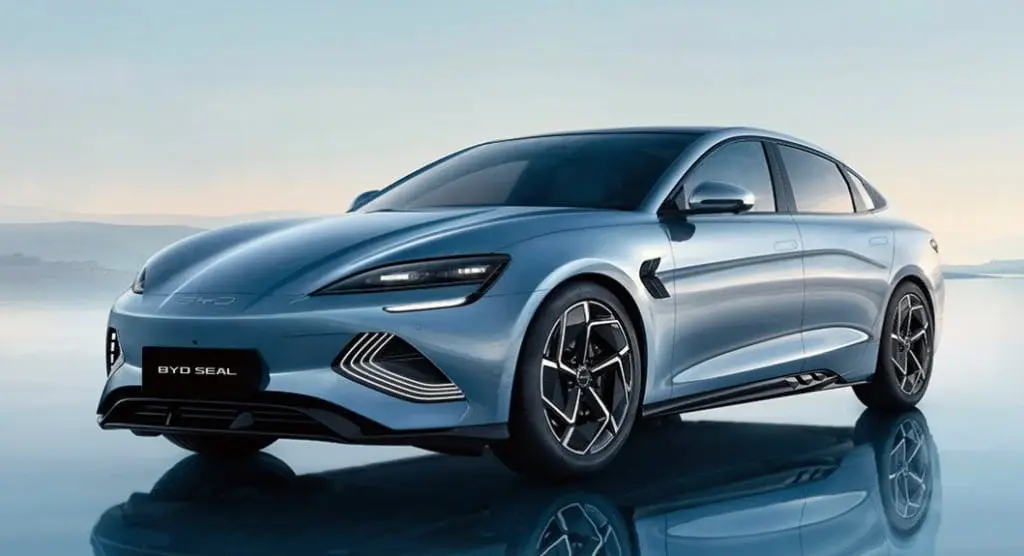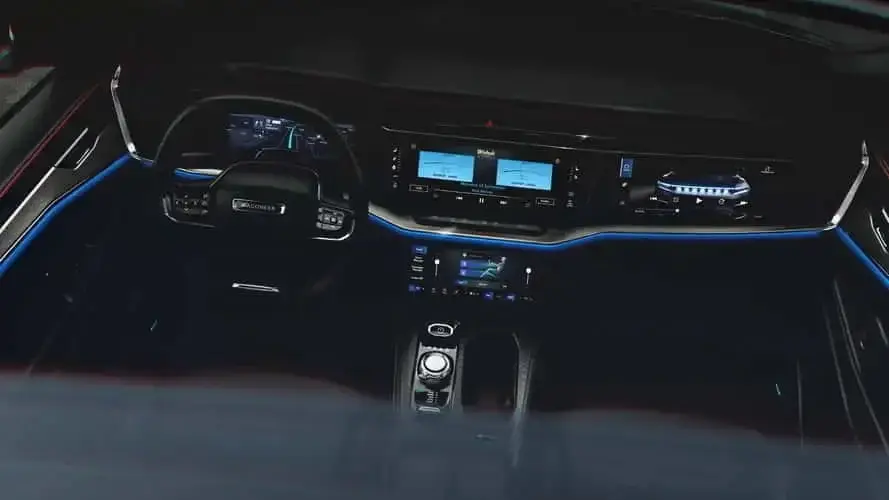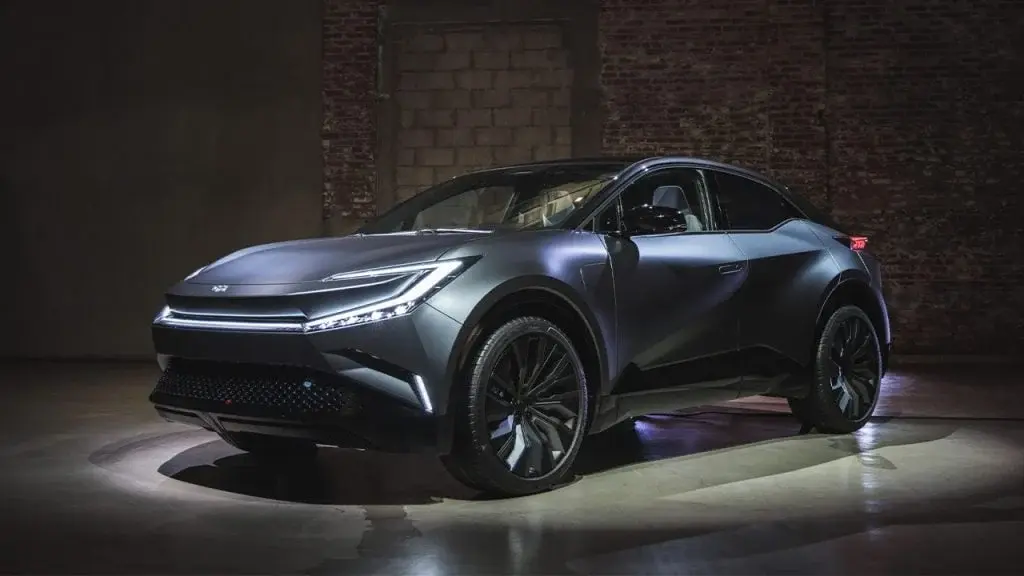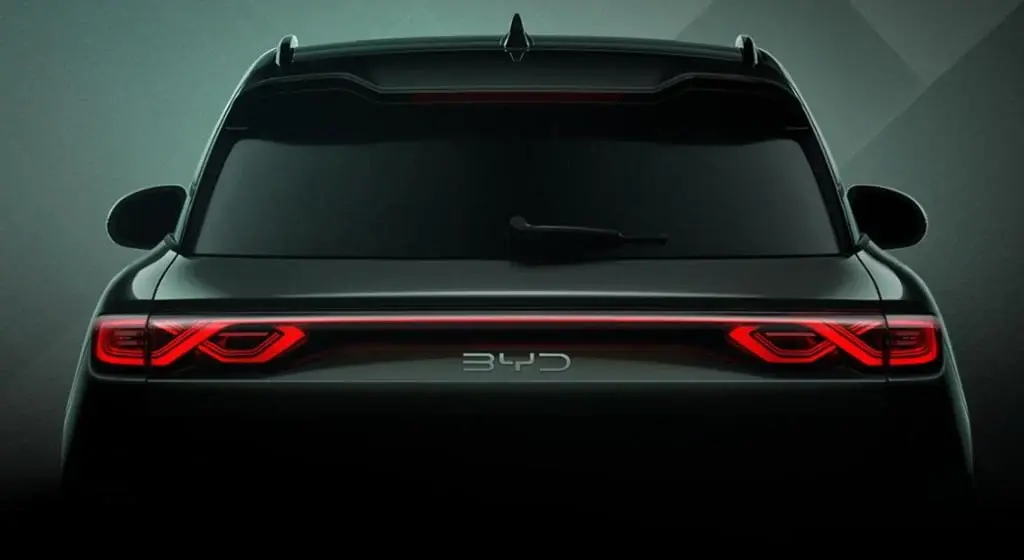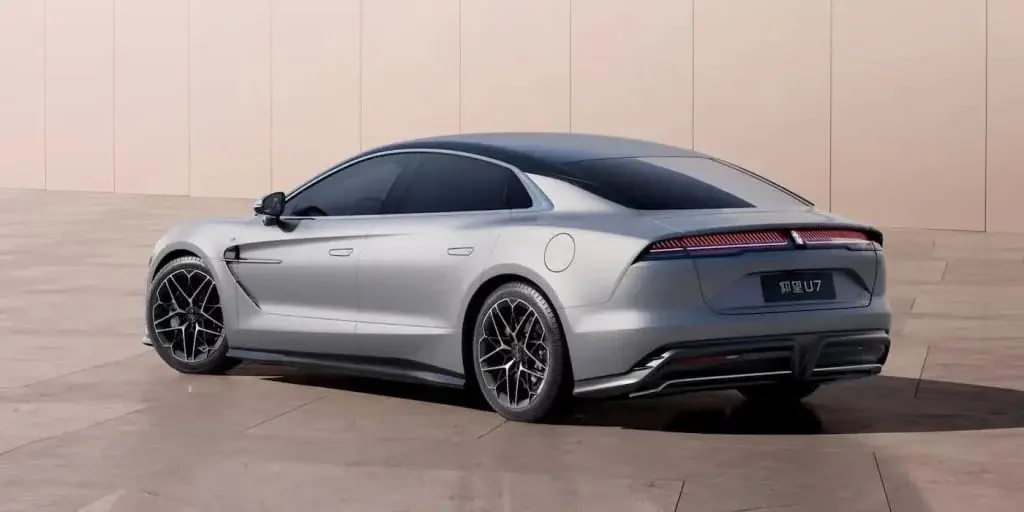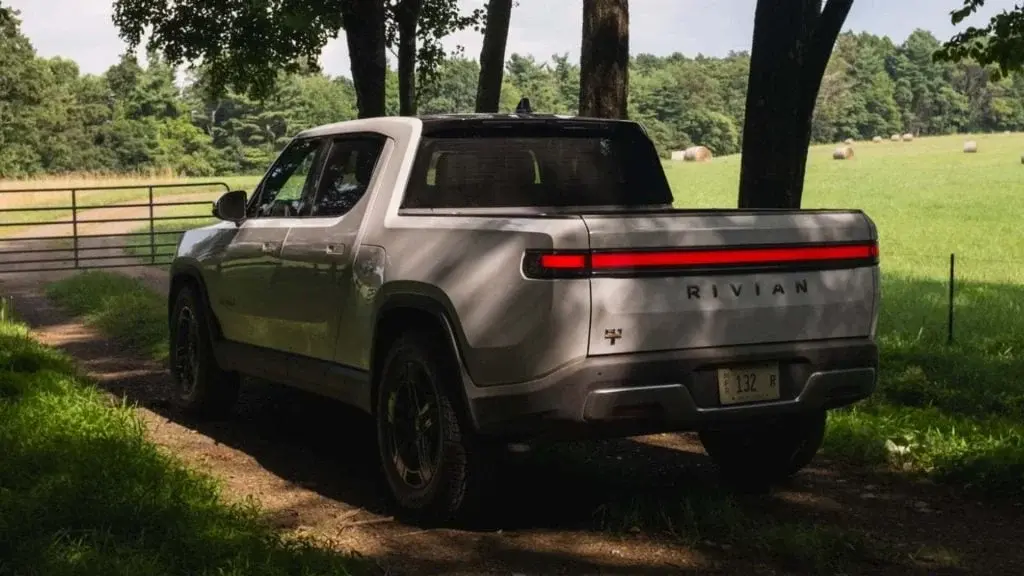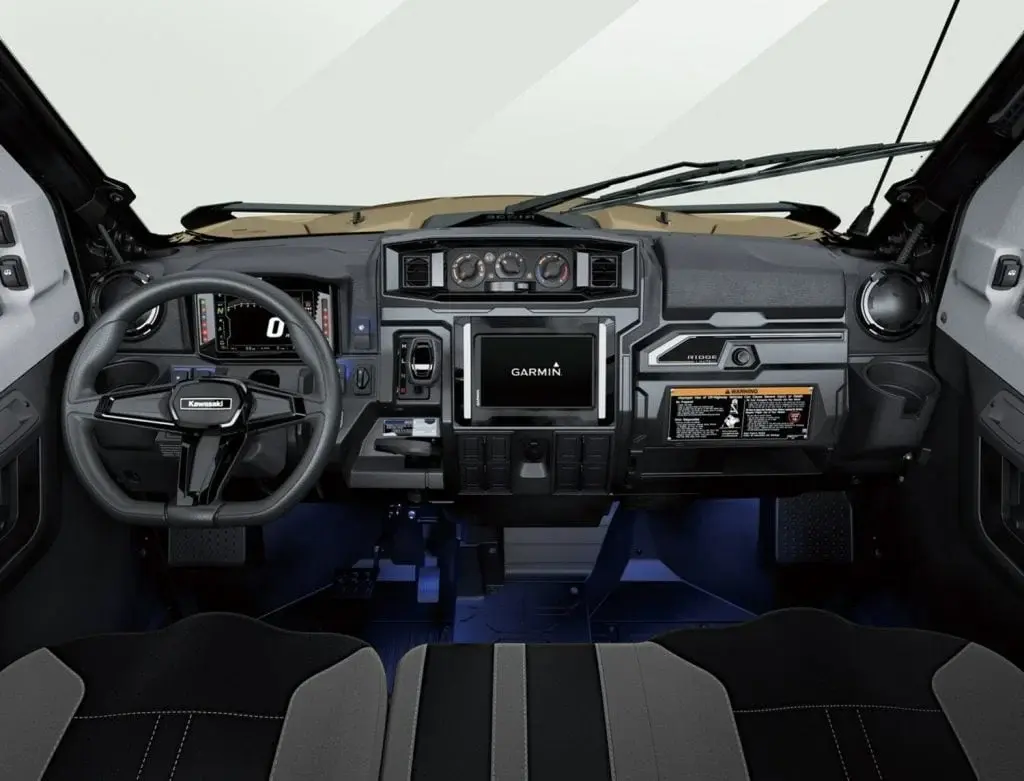Kia Motors is set to redefine the compact sedan with its upcoming EV4, merging traditional design with future-forward SUV elements. The EV4, which was revealed as a concept last year, offers a refreshing take on electric vehicles with its classic sedan three-box design and SUV-like features such as a higher ride height and distinctive wheel arch cladding. The car is expected to enter production in early 2025.
However, there has been a slight delay in the production of the EV4. Initially slated for an earlier debut, the production has been pushed back by a few months. While the reason for the delay has not been explicitly explained, it is believed that Kia is committed to perfecting the vehicle's quality. During a recent conference call, Kia's CFO & Vice President Woo-Jeong Joo highlighted the critical role of electric vehicles like the EV4 in Kia's future, emphasizing their strategy to adapt to market shifts over the medium to long term.
Kia's EV4 is expected to be a game-changer in the electric sedan market, potentially challenging popular models like the Tesla Model 3. Unlike the rear or all-wheel-drive Model 3, the EV4 might feature front-wheel drive. While technical specifics are still unknown, there is speculation that it could either utilize the existing E-GMP platform or adopt the new Integrated Modular Architecture (IMA). The latter, which is an evolution of the E-GMP, could help reduce production costs and introduce more affordable battery options.
This electric sedan embodies Kia's vision of blending the past and the future. The EV4 not only represents a step forward in electric vehicle technology but also combines sedan comfort with SUV practicality. With its unique fusion of design elements, the EV4 has the potential to attract a wide range of customers, especially those who appreciate a mix of sedan and modern SUV features. The automotive world is eagerly awaiting the debut of the EV4 in 2025.

